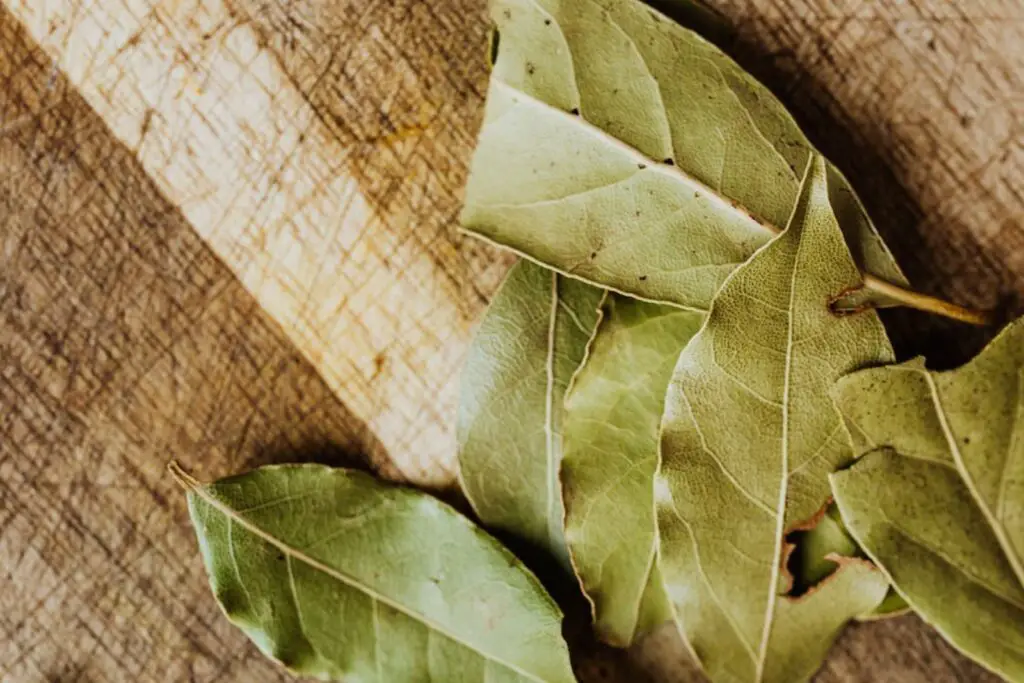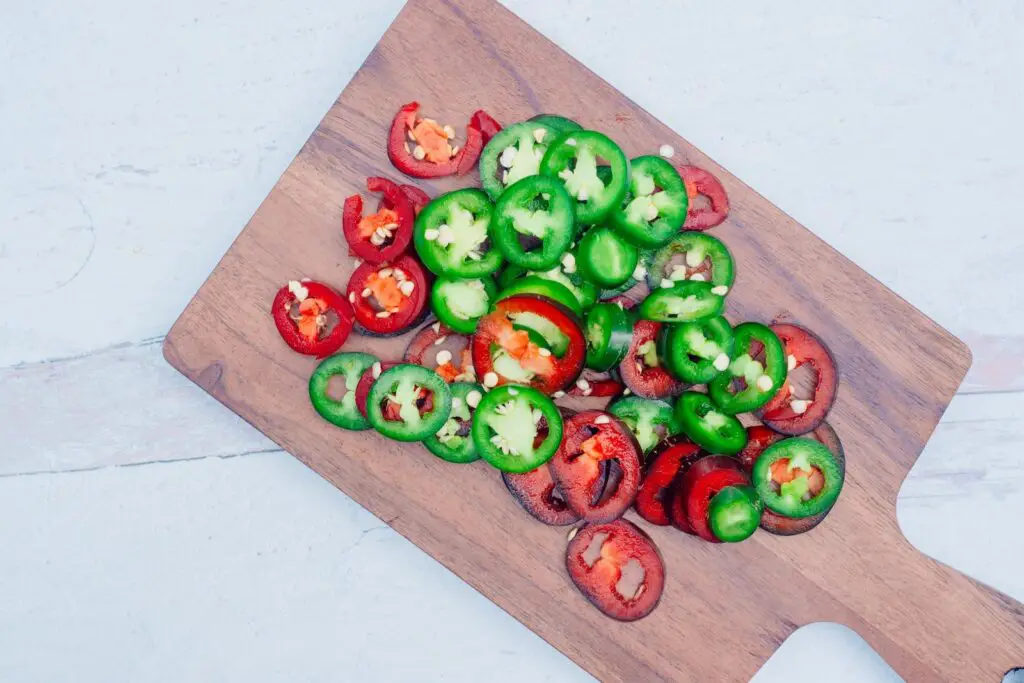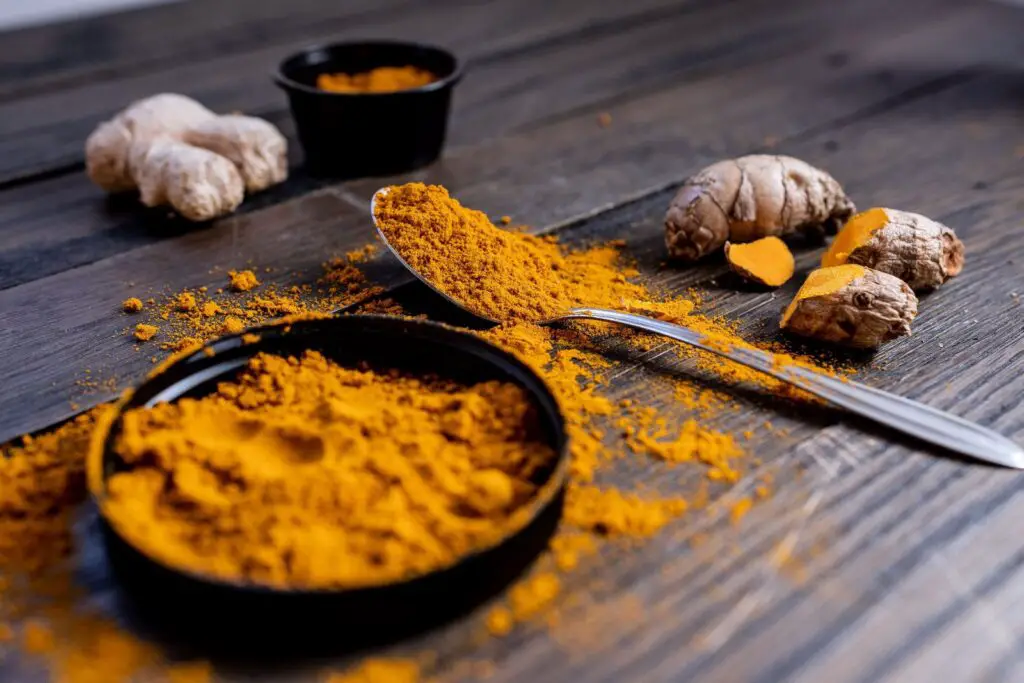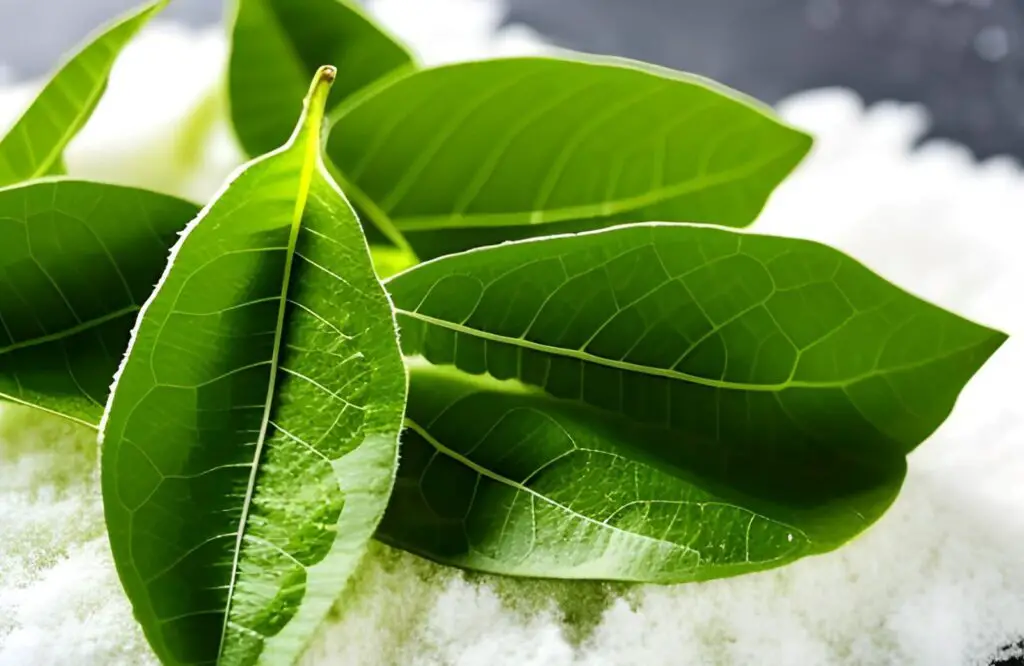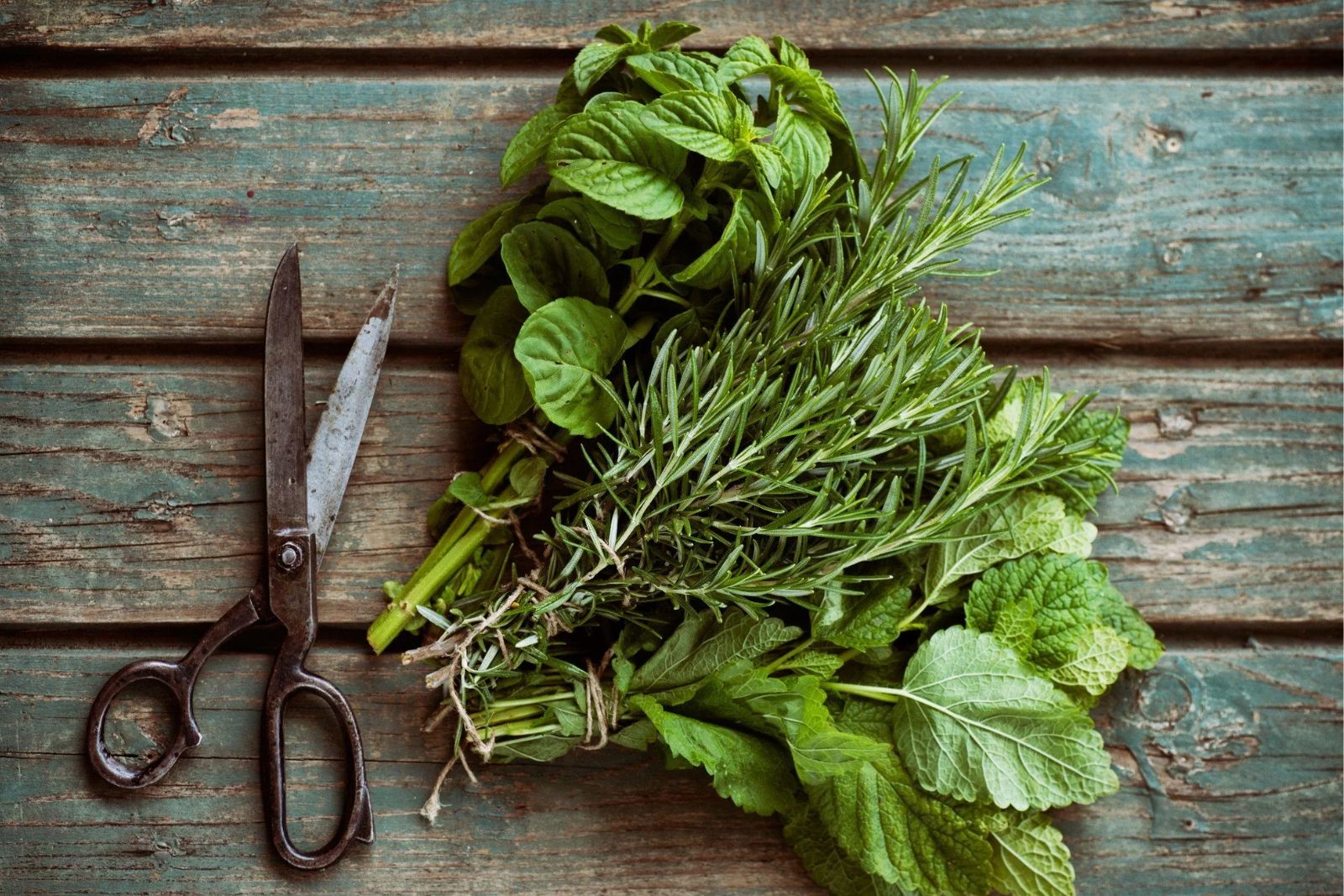
Herbs are plants that are valued for their aromatic, flavorful, and medicinal properties. They are typically used in cooking, herbal remedies, and for fragrance purposes. Whether you have an abundant herb garden or want to take advantage of a great sale at the grocery store, freezing herbs is a fantastic way to preserve their freshness and ensure you have a supply of flavorful herbs even when they are out of season. By following a few simple steps, you can freeze herbs and maintain their taste and aroma. This article provides a comprehensive guide on freezing herbs to help you enjoy their goodness throughout the year.
Here’s a step-by-step guide on how to freeze herbs:
Step 1: Select fresh herbs
When selecting herbs for freezing, it’s important to choose fresh and high-quality herbs. Whether you have your own herb garden or are purchasing them from a store, there are a few things to keep in mind.
Freshness is key when it comes to freezing herbs. Look for herbs that are vibrant in color, with leaves that are crisp and not wilted. Avoid herbs that show any signs of yellowing or browning, as these may indicate that they are past their prime.
If you have an herb garden, harvest the herbs in the morning when their essential oils are at their peak. This is when the herbs are most flavorful. If you’re purchasing herbs, choose a reputable source that offers fresh and well-maintained herbs.
When it comes to freezing herbs, some herbs are better suited for freezing than others. Popular choices include basil, parsley, cilantro, dill, and mint. These herbs tend to retain their flavors and aromas well after freezing. However, you can experiment with other herbs based on your personal preferences.
Step 2: Wash and dry the herbs
After selecting fresh herbs for freezing, the next step is to wash and dry them properly. This is important to remove any dirt, debris, or pesticides that may be present on the herbs.
To wash the herbs, gently place them under cool running water. You can do this by holding the bunch of herbs by the stems and allowing the water to flow over the leaves. Gently rub the leaves with your fingers to ensure thorough cleaning. Be careful not to bruise or damage the delicate leaves.
Once the herbs are washed, it’s essential to dry them thoroughly. Excess moisture on the herbs can lead to freezer burn, which can negatively affect their quality during freezing. To dry the herbs, you have a few options.
One method is to pat them dry with a clean kitchen towel. Gently place the herbs on the towel and carefully blot them to absorb the water. Another option is to use a salad spinner. Place the herbs in the spinner basket, give it a few spins to remove the water, and then transfer the herbs to a clean, dry towel to air-dry for a few minutes.
Ensure that the herbs are completely dry before proceeding to the next step of freezing. Any remaining moisture can cause ice crystals to form on the herbs during freezing, leading to a loss of flavor and texture. Taking the time to properly wash and dry the herbs ensures that they will freeze well and maintain their quality when you’re ready to use them.
Can I freeze herbs without washing them?
While it’s generally recommended to wash herbs before freezing to remove any dirt or debris, you can skip this step if you prefer. However, keep in mind that unwashed herbs may not be as clean when you thaw and use them later.
Step 3: Remove leaves from stems
When preparing herbs for freezing, it’s important to consider the specific herb and its characteristics. In this step, you will remove the leaves from the stems, but the approach may vary depending on the type of herb you are working with.
For leafy herbs like basil or mint, it is recommended to pluck the leaves from the stems. Hold the stem with one hand and use the other hand to gently pull the leaves away from the stem in the opposite direction. This can be done by sliding your fingers along the stem from top to bottom, separating the leaves as you go. Discard any tough or woody stems as they may not freeze well and may not add desirable flavor to your dishes.
On the other hand, for herbs like cilantro or parsley, you can choose to keep the stems intact. The stems of these herbs contain a lot of flavor and can be used in cooking. You can freeze the whole stems or trim them to a suitable length, depending on your preference and the dishes you plan to use them in.
Can I freeze herbs like rosemary or thyme with the stems intact?
Yes, you can freeze herbs like rosemary or thyme with the stems intact. However, keep in mind that the stems may become more woody and less palatable after freezing. It’s recommended to remove the leaves from the stems for a better culinary experience.
Step 4: Prepare for freezing
When it comes to preparing herbs for freezing, there are different methods you can choose from based on your personal preferences and future cooking needs. Here are a few options:
- Chopping into small pieces: One method is to chop the herbs into small pieces before freezing. This can be done by using a sharp knife or a herb mincer. Chopped herbs are convenient to use, as you can easily measure out the desired amount when cooking. This method works well for herbs like basil, cilantro, or parsley.
- Freezing whole leaves: Another option is to freeze the herbs as whole leaves. This method is suitable for delicate herbs like mint or sage, where you want to preserve their shape and appearance. Simply arrange the clean and dry leaves on a baking sheet in a single layer and place them in the freezer until frozen. Once frozen, transfer the leaves to a freezer-safe container or bag for storage.
- Freezing in ice cube trays: If you prefer a more convenient way of using herbs in your cooking, consider freezing them in ice cube trays with water or oil. Chop the herbs into smaller pieces and place them in the compartments of an ice cube tray. Fill each compartment with water or oil, ensuring that the herbs are well-covered. Freeze until solid, then transfer the herb cubes to a freezer-safe bag or container. This method allows you to easily grab a cube or two and add it directly to your dishes while cooking.
The choice of method depends on your specific culinary preferences. Chopped herbs are convenient for dishes that require even distribution of flavor, while whole leaves maintain their visual appeal. Freezing in ice cube trays offers portion control and easy use in recipes. Consider the type of herbs you have and the dishes you plan to prepare in the future to determine the best method for your freezing needs.
Should I blanch herbs before freezing them?
Blanching herbs before freezing is not a necessary step, but it can help preserve their color and flavor. Blanching involves briefly immersing the herbs in boiling water followed by an ice bath to stop the cooking process. This technique can help to deactivate enzymes that may cause the herbs to deteriorate in quality during freezing, resulting in better retention of flavors and textures. However, blanching is not essential for all herbs, and some herbs may actually lose their delicate flavors during the blanching process, so it’s best to consider the specific herb and your intended use before deciding to blanch.
Step 5: Package the herbs
Once you have prepared your herbs for freezing, it’s essential to package them properly to maintain their quality and prevent freezer burn. Here’s how you can package the herbs:
- Freezer-safe containers: Place the prepared herbs in freezer-safe containers or small airtight containers. Choose containers that are suitable for freezing, such as plastic containers or glass jars with tight-fitting lids. Fill the containers with the herbs, leaving some headspace at the top to allow for expansion during freezing. Seal the containers tightly to prevent air and moisture from entering.
- Resealable plastic bags: Another option is to use resealable plastic bags specifically designed for freezing. Place the herbs in the bag, squeeze out as much air as possible, and then seal it tightly. This helps to minimize air exposure and potential moisture ingress, which can lead to freezer burn.
- Freezing in ice cube trays: If you’ve chosen to freeze your herbs in ice cube trays with water or oil, carefully transfer the herb cubes from the trays to a freezer-safe bag or container. Make sure to remove as much air as possible from the bag or container before sealing it tightly.
Removing air from the packaging is crucial to prevent freezer burn. Freezer burn occurs when moisture in the herbs evaporates and forms ice crystals on the surface, leading to changes in flavor, texture, and overall quality. By minimizing air exposure, you reduce the likelihood of freezer burn.
Can I freeze herbs from store-bought packages?
Yes, you can freeze store-bought herbs. It’s important to transfer them to airtight containers or resealable bags before freezing to maintain their freshness. Alternatively, you can freeze them as whole leaves or chop them into smaller pieces, depending on your future cooking needs.
Can I freeze herbs in plastic zip-top bags instead of containers?
Yes, you can freeze herbs in plastic zip-top bags as an alternative to containers. Zip-top bags are convenient and can help remove excess air, reducing the risk of freezer burn. However, ensure that the bags are labeled and sealed securely to prevent any air exposure or cross-contamination. Storing the bags flat in a single layer initially can also help with faster freezing and easier organization in the freezer.
Step 6: Label and date the packages
Labeling and dating the packages of frozen herbs is a crucial step in maintaining an organized freezer and ensuring you use the herbs in a timely manner. Here’s why it’s important:
- Easy identification: When herbs are frozen, it can be challenging to distinguish between different types or varieties. By labeling each package with the name of the herb, you can easily identify the herbs you need without having to thaw and inspect them. This saves you time and effort when selecting herbs for your recipes.
- Track freshness: Herbs, like any other food item, have a limited shelf life even when frozen. By dating the packages, you can keep track of when the herbs were frozen. This allows you to use the oldest herbs first, ensuring that none of your frozen herbs go to waste. It’s recommended to use frozen herbs within 6 to 12 months for optimal flavor and quality.
- Maintain an organized freezer: Labeling and dating the packages of frozen herbs contribute to a well-organized freezer. When your freezer is neatly organized, you can easily locate the herbs you need, avoid unnecessary thawing and refreezing, and make efficient use of your frozen herb supply.
To label the packages, you can use adhesive labels or simply write directly on the containers or bags using a permanent marker. Include the name of the herb and the date of freezing. If you have multiple packages of the same herb with different freezing dates, it’s helpful to label them accordingly (e.g., “Basil – June 2023” or “Cilantro – July 2023”).
Step 7: Freeze the herbs
Once you have properly packaged the herbs, it’s time to freeze them. Follow these steps to ensure optimal freezing:
- Arrange in a single layer: Place the packaged herbs in the freezer in a single layer initially. This allows for faster freezing as it exposes the herbs to the cold air more evenly. By arranging them in a single layer, you also prevent them from sticking together, making it easier to separate and use individual portions later on.
- Ensure complete freezing: It’s important to allow the herbs enough time to freeze completely. The freezing process typically takes a few hours overnight, depending on the herb and the quantity being frozen. Check the herbs periodically to ensure they are solid and fully frozen.
- Stack for space-saving: Once the herbs are completely frozen, you can stack the packages to save space in your freezer. Stacking them neatly helps maximize the available space and keeps your freezer organized. However, ensure that the packages are sealed tightly to prevent air exposure and potential cross-contamination between herbs.
Properly freezing the herbs is crucial for preserving their flavors, colors, and textures. Freezing them in a single layer initially helps achieve faster and more uniform freezing, which contributes to better overall quality. Once they are fully frozen, stacking them allows you to make the most of the limited freezer space.
Remember to avoid overcrowding the freezer with too many packages at once, as it can affect the freezing process and the overall performance of your freezer. Allow sufficient space for proper air circulation to maintain consistent temperatures throughout the freezer.
How long can herbs last in the freezer?
Herbs can last in the freezer for approximately 6 to 12 months. The exact duration depends on the type of herb, its freshness at the time of freezing, and the quality of packaging. Properly stored frozen herbs can maintain their flavor and quality for up to a year, but it’s recommended to use them within the first 6 months for optimal results.
Step 8: Thaw and use frozen herbs
When it’s time to use the frozen herbs you’ve stored, follow these steps to thaw and incorporate them into your recipes:
- Remove from the freezer: Take out the desired amount of frozen herbs from the freezer. It’s best to thaw only the amount you need to minimize waste and maintain the freshness of the remaining herbs.
- Thawing options: There are a few methods you can use to thaw frozen herbs. One option is to place them in the refrigerator and let them thaw slowly. This method allows for gradual thawing and helps preserve the flavors and textures of the herbs. Another quicker method is to place the frozen herbs in a bowl of cool water for a few minutes until they thaw. Avoid using hot water, as it can negatively impact the quality of the herbs.
- Cooking applications: Frozen herbs work well in cooked dishes such as soups, stews, sauces, and casseroles. When using them in these recipes, add the thawed herbs during the cooking process to allow their flavors to infuse into the dish. Frozen herbs are especially convenient for dishes that require longer cooking times, as they retain their flavors well during the cooking process.
- Fresh applications: It’s important to note that frozen herbs may lose their texture and crispness during the freezing process. Therefore, they are not recommended for fresh applications like salads or garnishes, where the texture and appearance of the herbs are key. It’s best to use fresh herbs in these cases.
What is the best way to thaw frozen herbs?
The best way to thaw frozen herbs is to transfer them from the freezer to the refrigerator and allow them to thaw slowly. This gradual thawing process helps preserve the flavors and textures of the herbs. Alternatively, you can also add the frozen herbs directly to your cooked dishes, as the heat will thaw them quickly and incorporate them into the recipe. Avoid using methods like microwaving or running hot water over the herbs, as these can negatively affect their quality.
Other related questions
Can I refreeze herbs?
It is generally not recommended to refreeze herbs once they have been thawed. The freezing and thawing process can affect their texture, flavor, and overall quality. It is best to use the thawed herbs immediately or store them in the refrigerator and use within a few days, rather than refreezing them.
How do I know if the herbs have gone bad after being frozen?
To determine if frozen herbs have gone bad, there are a few signs to look for. If the herbs have developed an off-putting odor, have significant discoloration or freezer burn, or exhibit a noticeable change in texture, they may have spoiled. Additionally, if you detect any mold growth on the herbs, it is a clear indication of spoilage. In such cases, it is best to discard the herbs to avoid any potential health risks.
Can I freeze a mixture of different herbs together?
Yes, it is possible to freeze a mixture of different herbs together. However, it’s important to consider the compatibility of the herbs in terms of flavor profiles and intended use. It’s recommended to freeze herb mixtures that are commonly used together in recipes to ensure harmonious flavors when thawed and incorporated into dishes.
Can I freeze herbs that have already been dried?
It is possible to freeze herbs that have already been dried, but it may not be necessary or ideal. Dried herbs have already undergone the process of moisture removal, which is why they have a longer shelf life. Freezing them may not provide significant benefits in terms of flavor or texture, as they are already in a stable state. It is generally recommended to store dried herbs in airtight containers in a cool, dark place rather than freezing them.
Are there any herbs that don’t freeze well?
While many herbs can be successfully frozen, there are a few that may not freeze well and may experience a loss in flavor and texture. Delicate herbs like basil, chives, and cilantro may not retain their fresh taste after freezing. Herbs with high water content, such as cucumber mint or lemon balm, can also become mushy when frozen. It’s best to use these herbs fresh or consider alternative preservation methods like drying or using them in infused oils or vinegars.


